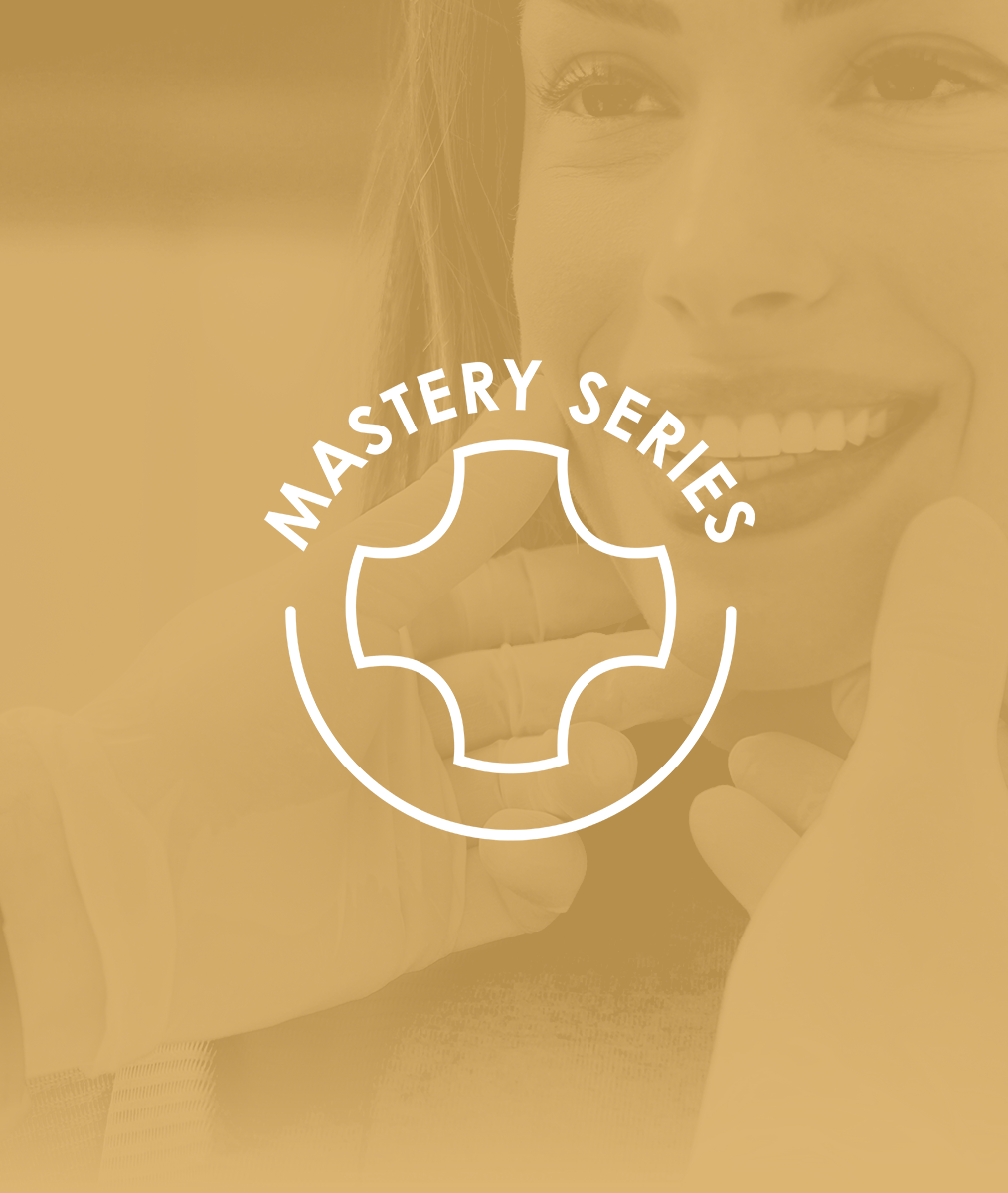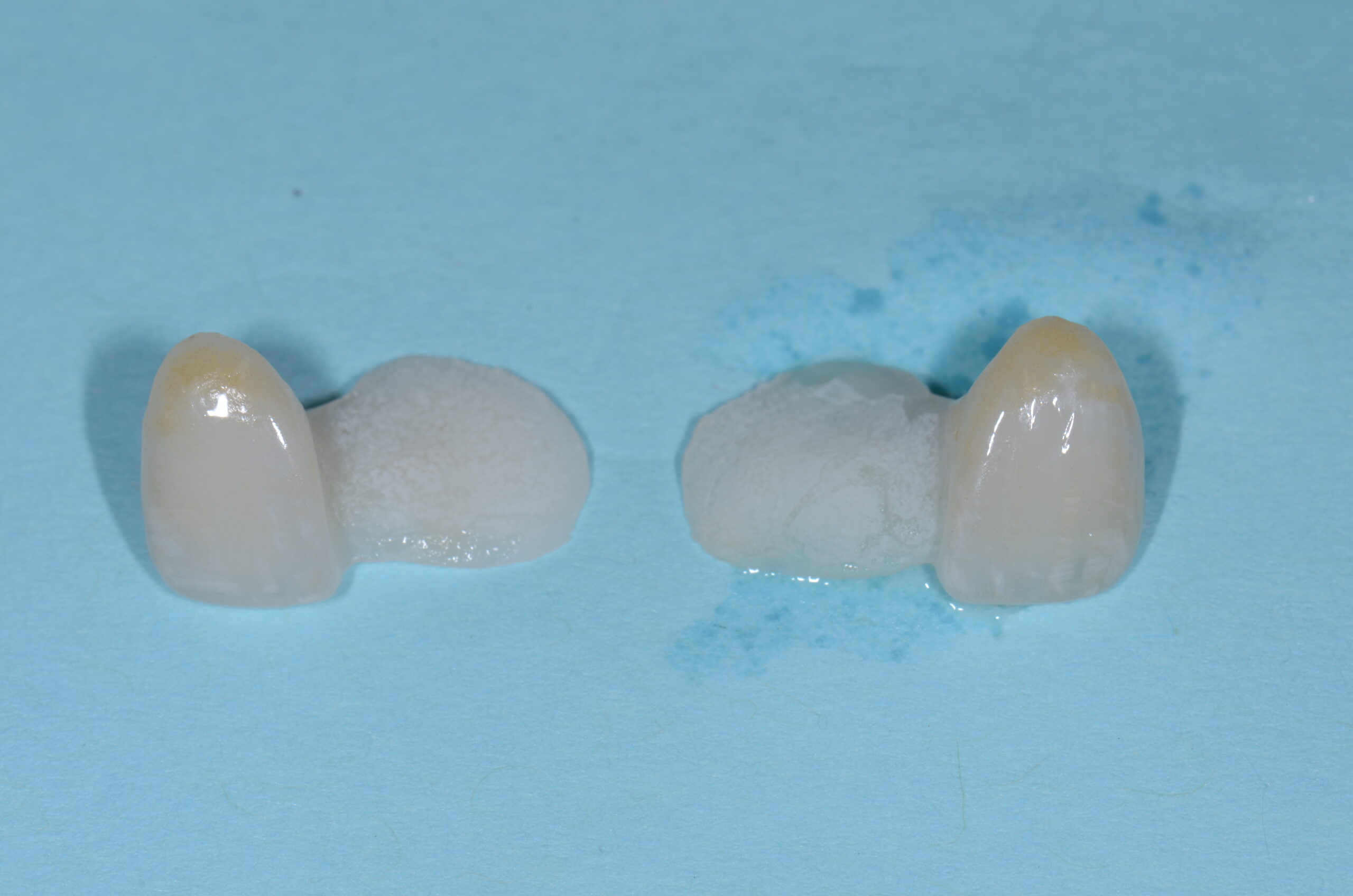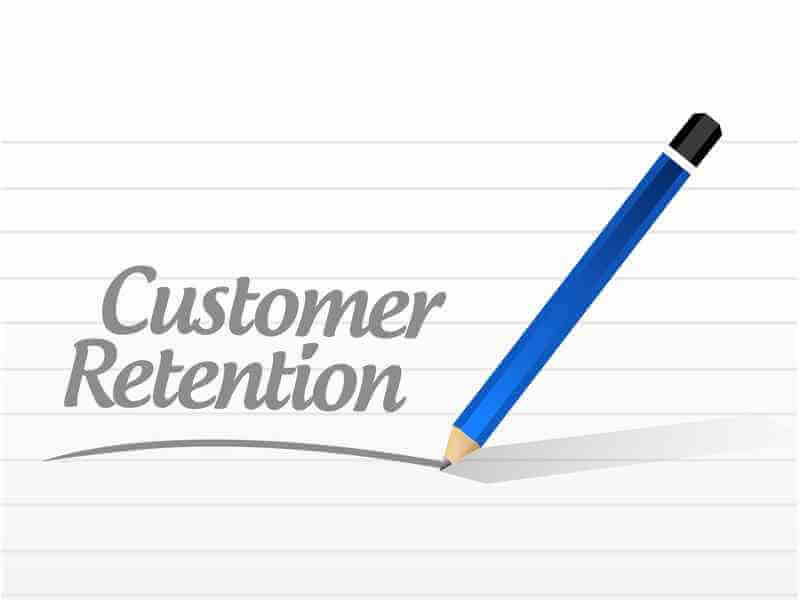Three Profitable Tips to Simplify Dental Billing for Obstructive Sleep Apnea
When I speak with dentists who have dipped their toe in the waters of treating obstructive sleep apnea (OSA) in their practice, the number one reason they say they quit doing it or are not doing more is …
“I couldn’t get paid!”
You may be committed to helping patients achieve better health through treatment of OSA, but it’s challenging to make it financially possible. Here are three tips that will make dental billing for obstructive sleep apnea more consistent and predictable:
Use Practice Management Software to Simplify Dental Insurance
Understanding how to succeed in the complicated system of medical billing is a game-changer.
We have all figured out how to streamline our approach to making sense of dental insurance, but the rules are different for Dental Sleep Medicine (DSM). You should use a segment-specific software platform (DS3, NiermanDentalWriter, or other) for your SOAP notes and communication with physicians and payers.
These platforms ensure that you include the right notes, tests, patient status, and history to get paid. DSM and medical reimbursement are under the jurisdiction of rigid documentation of processes, protocols, and standard practices. Choosing the most effective DSM practice management software is the first step to payment because it will not let you forget to harness critical information.
Make It Easy for Patients to Say Yes to Treatment
My second piece of advice is the most difficult to implement because it requires a change in behavior. Talk less about co-payments, deductibles, and the patient’s responsibility than you may be used to in dentistry when dealing with obstructive sleep apnea.
As an example, consider this: When you visit your doctor and they suggest an x-ray, draw blood, or order a specific test, do you usually say, “How much will that cost?” No, you don’t. We know that tests and medical treatment recommended by our physician are necessary and not usually optional to achieve optimal health.
Plus, we know that their treatments will be covered by our medical insurance (after the deductible and with certain co-payments). As dentists, we are expected to have significant upfront financial discussions about how much the patient will have to pay out of pocket because of the different nature of dental insurance.
Unfortunately, this same approach when applied to a sleep apnea appointment may backfire. Treatment of sleep disorders can be life-changing, so it’s beneficial to the patient if you focus less on dollars and more on care outcomes.
When we get detailed about the financial arrangement, upfront copayments, and deductible discussion, patients think we are still treating them as a dentist, not as a medical care provider. Make it easy for patients to say yes by leaving out the money talk. Many will have good coverage and can make the treatment a possibility.
Outsource the Details to a Competent Billing Company
Hire a billing company to do the dirty work. Third-party billing companies (Four Pillar, Nierman, Pristine, Dedicated Sleep, GoGo, Brady) typically charge a small per claim fee around $50 and 8-12% of the paid amount. This fee is worth every penny.
I have seen far too many revolutions from the administrative teams in dental practices when they were forced to try to figure out the weird, ever-changing rules of insurance reimbursement.
Billing companies are experts. Plus, the cost as a percentage of sales works for medical practices, so why shouldn’t it for dentistry?
Treating patients for OSA with Oral Appliance Therapy (OAT) is easier clinically and technically than making bite splints in centric relation. And yet the minefield is littered with the remains of dental teams who tried to do the billing themselves.
If you only did one case per month, subscribed to a cloud software solution, paid a billing company their fair share, and risked not talking so much about money, you would still help patients get healthier, feel very fulfilled, and make more money than you are now.
That success can breed more success. You just might add $100,000 to your annual revenue! Curious how you can start incorporating treatment of sleep apnea into your practice workflow?
I’ll be holding a live, three-hour virtual course, “Treating Sleep Apnea In Your Practice With Oral Appliance Therapy,” on Friday, May 21st, 2021. Registration for my course is easy at Pankey Online.
Join me from 2 pm to 5 pm EST to learn more about the medical background of sleep conditions, marketing sleep appliance therapy, and more in-depth techniques I implement to transform medical billing.
Can’t wait to see you there!
Sign up for free at Pankey Online to access complementary and paid CE-granting webinars spanning hot dental topics like sleep apnea treatment, equilibration, and indirect bonded anterior restorations. 50+ cutting-edge courses at your fingertips …
Related Course
Mastering Aesthetic Restorative Dentistry
DATE: November 21 2024 @ 8:00 am - November 24 2024 @ 12:00 pmThis course is sold out Aesthetic dentistry is where artistic form meets functional restorative dentistry. Where patients, clinicians, specialists and laboratory technicians communicate with each other in an effective way…
Learn More>

















